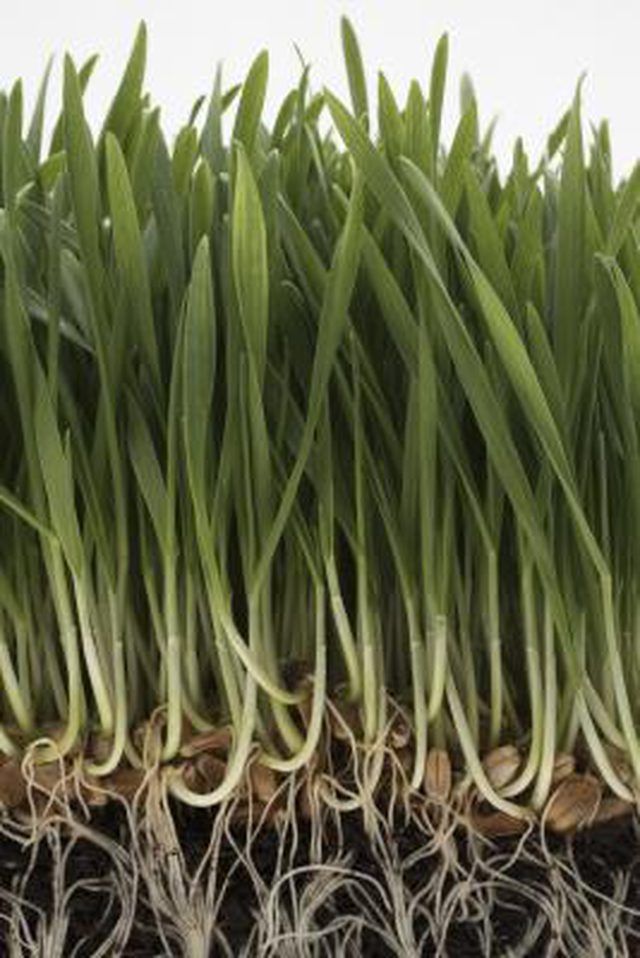Bulbs
Flower Basics
Flower Beds & Specialty Gardens
Flower Garden
Garden Furniture
Garden Gnomes
Garden Seeds
Garden Sheds
Garden Statues
Garden Tools & Supplies
Gardening Basics
Green & Organic
Groundcovers & Vines
Growing Annuals
Growing Basil
Growing Beans
Growing Berries
Growing Blueberries
Growing Cactus
Growing Corn
Growing Cotton
Growing Edibles
Growing Flowers
Growing Garlic
Growing Grapes
Growing Grass
Growing Herbs
Growing Jasmine
Growing Mint
Growing Mushrooms
Orchids
Growing Peanuts
Growing Perennials
Growing Plants
Growing Rosemary
Growing Roses
Growing Strawberries
Growing Sunflowers
Growing Thyme
Growing Tomatoes
Growing Tulips
Growing Vegetables
Herb Basics
Herb Garden
Indoor Growing
Landscaping Basics
Landscaping Patios
Landscaping Plants
Landscaping Shrubs
Landscaping Trees
Landscaping Walks & Pathways
Lawn Basics
Lawn Maintenance
Lawn Mowers
Lawn Ornaments
Lawn Planting
Lawn Tools
Outdoor Growing
Overall Landscape Planning
Pests, Weeds & Problems
Plant Basics
Rock Garden
Rose Garden
Shrubs
Soil
Specialty Gardens
Trees
Vegetable Garden
Yard Maintenance
How to Grow Cat Grass
How to Grow Cat Grass. Cat grass, also known as pet grass or intermediate wheatgrass, provides needed roughage and nutrients for cats. Common types of grass used for cat grass are orchard grass (Dactylis glomerata L., U.S. Department of Agriculture plant hardiness zones 4 through 9) and oat grass (Avena sativa, USDA zones 5 through 10). Growing cat...

Cat grass, also known as pet grass or intermediate wheatgrass, provides needed roughage and nutrients for cats. Common types of grass used for cat grass are orchard grass (Dactylis glomerata L., U.S. Department of Agriculture plant hardiness zones 4 through 9) and oat grass (Avena sativa, USDA zones 5 through 10). Growing cat grass at home minimizes the chances your cat will snack on other houseplants, and it provides a fresh source of needed nutrition. It's relatively easy to grow, requiring only proper moisture, fresh potting mix and a sunny spot.
Planting and Germination
Pets only need a small amount of cat grass, so grow it indoors in containers using a good-quality potting mix. Purchase cat grass seeds at garden centers, hardware stores and some pet stores. To plant, sparsely scatter the seeds over the potting mix, pressing them down gently onto the moist soil. The seeds sprout easily as long as they are exposed to direct sunlight and the soil is moist. Germination occurs in roughly five to seven days.
Water and Light Needs
Cat grass, regardless of variety, thrives in full sunlight and soil that stays moist but drains easily. To keep roots evenly moist and to reduce nutrient loss from excess water, use a container with drainage holes in the bottom and place a tray under the container. This way extra water can drain out, preventing overly moist soil, which can lead to rotted roots.
Multiple Plants and Nutrition
If cat grass stops growing as quickly or turns yellow, transplant it to fresh soil with added compost. Fish-based fertilizers can be off-putting for cats, and nonorganic fertilizers may make the grass unsafe for direct pet consumption. Because of this, do not use fertilizers; rely on compost and nutrient-rich soil instead.
To ensure a regular supply of cat grass, grow it in two containers at the same time. Start individual pots a couple of weeks apart so the cat always has a steady supply. Leave one indoors for your cat to enjoy while the other spends time outside or in another inaccessible place reinvigorating itself with no disturbance.
Harvest and Use
Pesticides and parasites are of little concern when the grass is grown indoors. Snip off blades of grass at the base of the plant and feed them directly to your cat, mixing small, cut pieces into her food. When the plant begins to stop producing, simply pull it out and start again from seed.